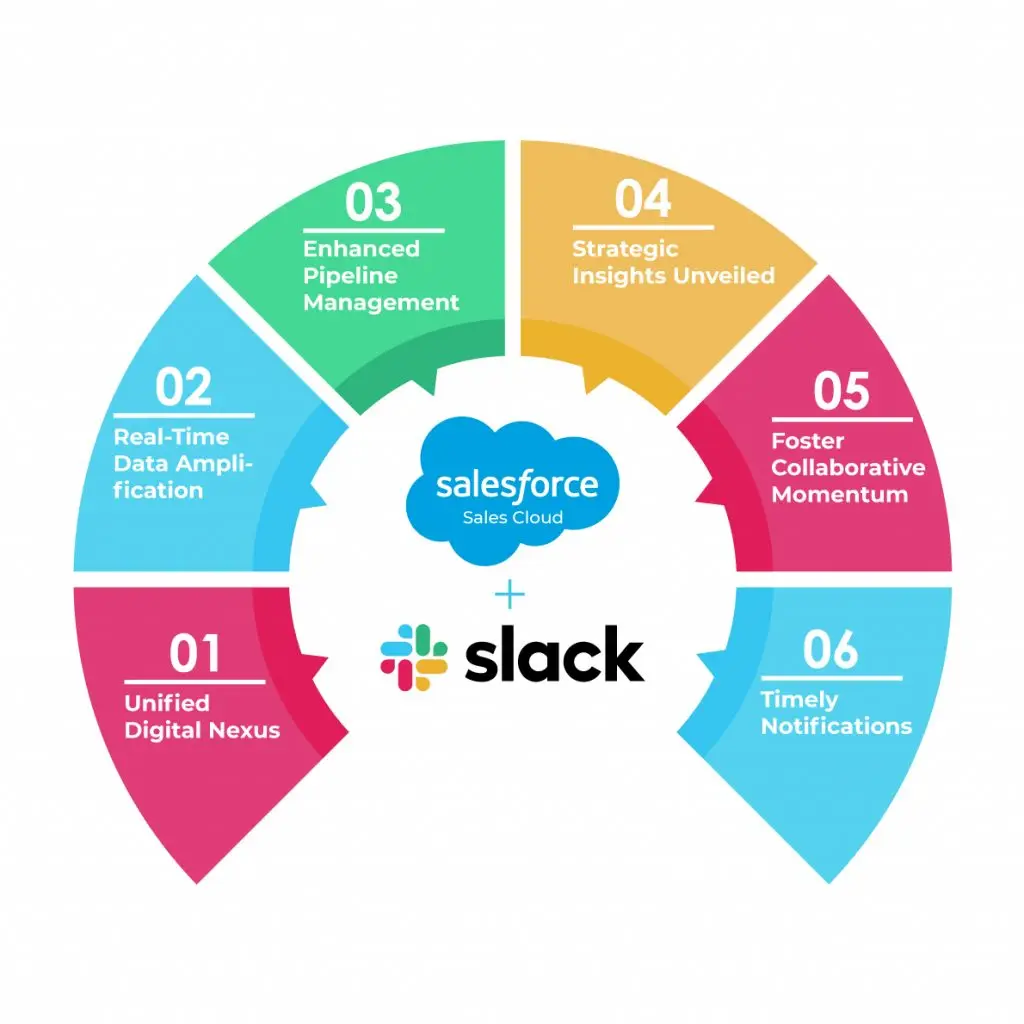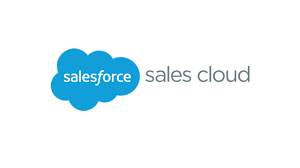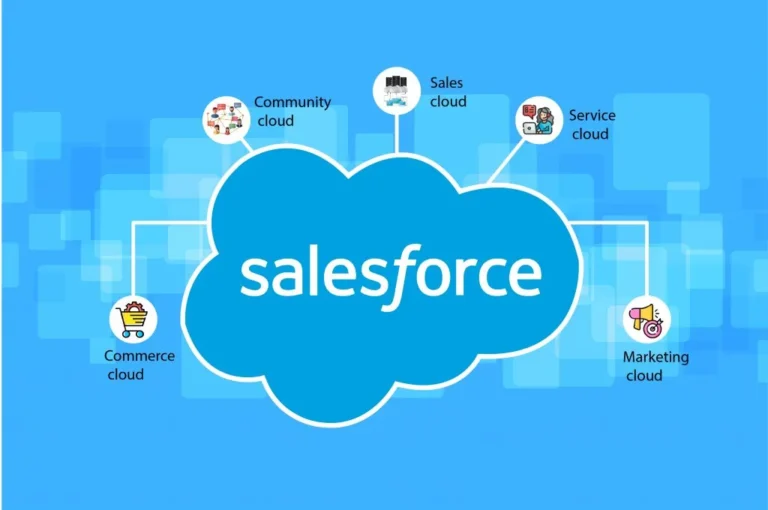
Introduction
Sales teams need real-time communication and quick access to customer data to close deals faster. Integrating Sales Cloud with Slack bridges the gap between CRM data and team collaboration, allowing sales reps to receive notifications, share updates, and take action without switching apps.
This guide explains:
✔ Why integrate Sales Cloud with Slack?
✔ Key benefits of the integration
✔ Step-by-step setup process
✔ Best practices for maximizing efficiency
Why Integrate Salesforce Sales Cloud with Slack?
Salesforce Sales Cloud stores critical customer data, while Slack enables instant team communication. Combining both tools helps:
- Reduce manual work – No need to switch between apps.
- Speed up responses – Get instant alerts on deals, leads, and tasks.
- Improve collaboration – Share CRM records directly in Slack channels.
- Automate workflows – Trigger Slack messages based on Sales Cloud updates.
Key Benefits of Sales Cloud and Slack Integration
1. Real-Time Notifications for Sales Activities
- Get Slack alerts when:
- A new lead is assigned
- A deal stage changes
- A high-priority task is due
2. Quick Access to Customer Data
- Search and share Sales Cloud records (Contacts, Accounts, Opportunities) in Slack.
- View customer details without leaving Slack.
3. Streamlined Team Collaboration
- Discuss deals in dedicated Slack channels.
- Tag team members for faster approvals.
4. Automated Workflows
- Set up Slack reminders for follow-ups.
- Send meeting summaries to Sales Cloud automatically.
How to Integrate Salesforce Sales Cloud with Slack
Method 1: Using Salesforce for Slack (Official App)
Step 1: Install Salesforce for Slack
- Go to the Slack App Directory.
- Search for “Salesforce” and install the official app.
- Click “Add to Slack” and authorize the connection.
Step 2: Connect Salesforce to Slack
- Log in to your Salesforce account when prompted.
- Select the Sales Cloud org you want to link.
- Grant Slack the necessary permissions.
Step 3: Set Up Notifications
- In Slack, type
/salesforceand select “Subscribe to Notifications.” - Choose which updates to receive (e.g., new leads, closed deals).
- Select the Slack channel where notifications should appear.
Step 4: Search & Share Salesforce Records in Slack
- Type
/salesforce [search term]to pull CRM data into Slack. - Example:
/salesforce Acme Corp→ Shows account details.
Method 2: Using Zapier for Advanced Automation
If you need custom workflows, Zapier can connect Sales Cloud and Slack with:
- Lead alerts → Post new leads in a Slack channel.
- Deal updates → Notify teams when a deal stage changes.
- Task reminders → Send Slack messages for overdue tasks.
Step-by-Step Zapier Setup:
- Log in to Zapier and create a new Zap.
- Choose Salesforce as the trigger (e.g., “New Lead”).
- Select Slack as the action (e.g., “Send Channel Message”).
- Map Salesforce fields to Slack messages.
- Test & activate the automation.
Best Practices for Sales Cloud & Slack Integration
1. Use Dedicated Slack Channels for Sales Updates
- Create channels like #sales-leads, #deal-updates, and #customer-support.
- Route relevant Salesforce alerts to the right teams.
2. Automate Follow-Ups & Reminders
- Set up Slack reminders for:
- Follow-up emails (e.g., after a meeting)
- Contract renewals
- Pending approvals
3. Enable Quick Actions from Slack
- Use Slash Commands to:
- Log calls (
/salesforce log-call) - Update opportunities (
/salesforce update-opp)
- Log calls (
4. Train Your Team on the Integration
- Show reps how to:
- Search Salesforce records in Slack.
- Respond to alerts efficiently.
Conclusion
Integrating Sales Cloud with Slack improves sales efficiency by:
✔ Reducing app switching
✔ Speeding up responses
✔ Automating workflows
Follow the steps in this guide to set up the integration and maximize your team’s productivity.
Need help? Contact Salesforce support or a certified consultant for advanced setups.
Read the complete Sales Cloud Guide for more insights.


